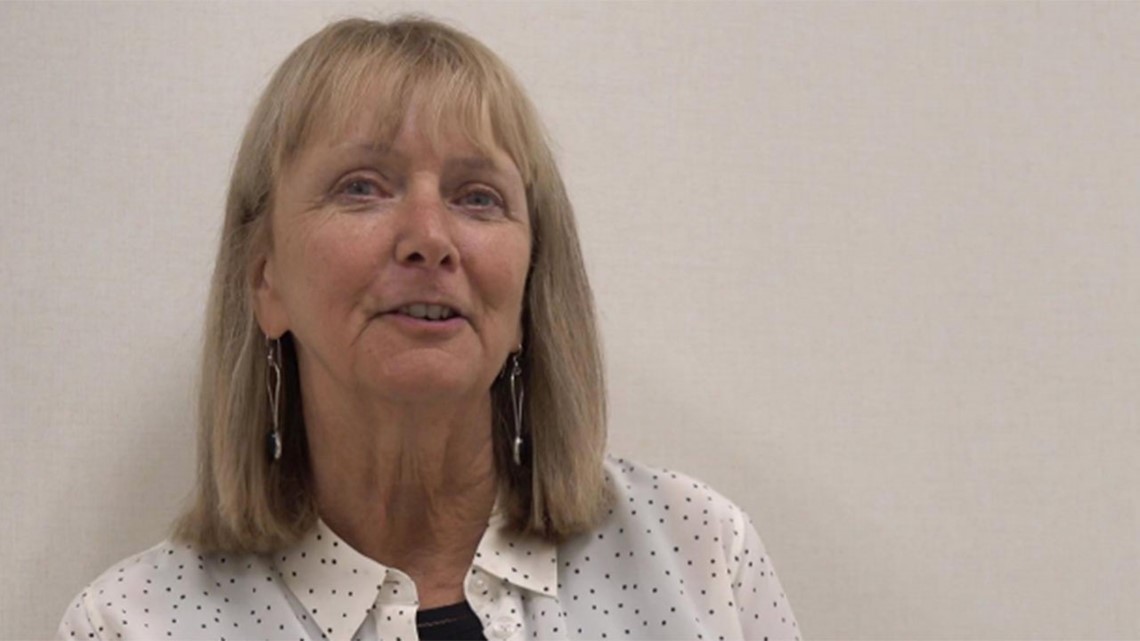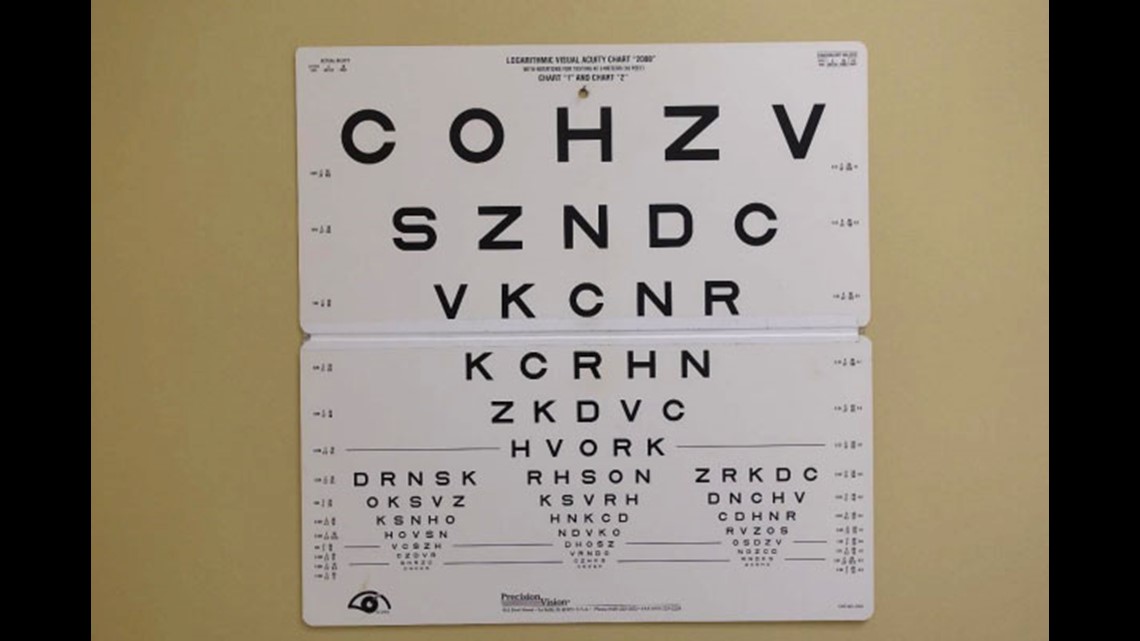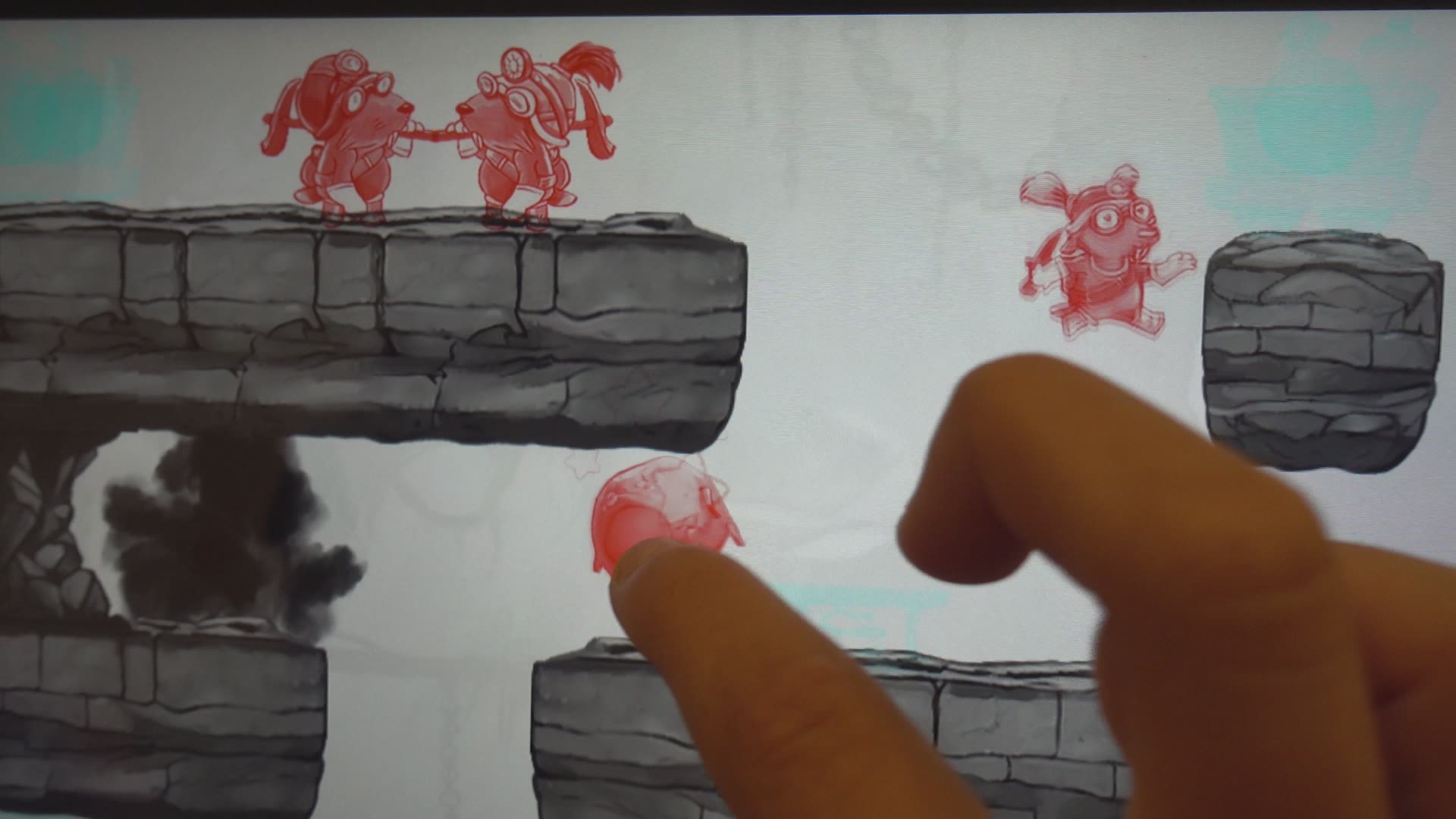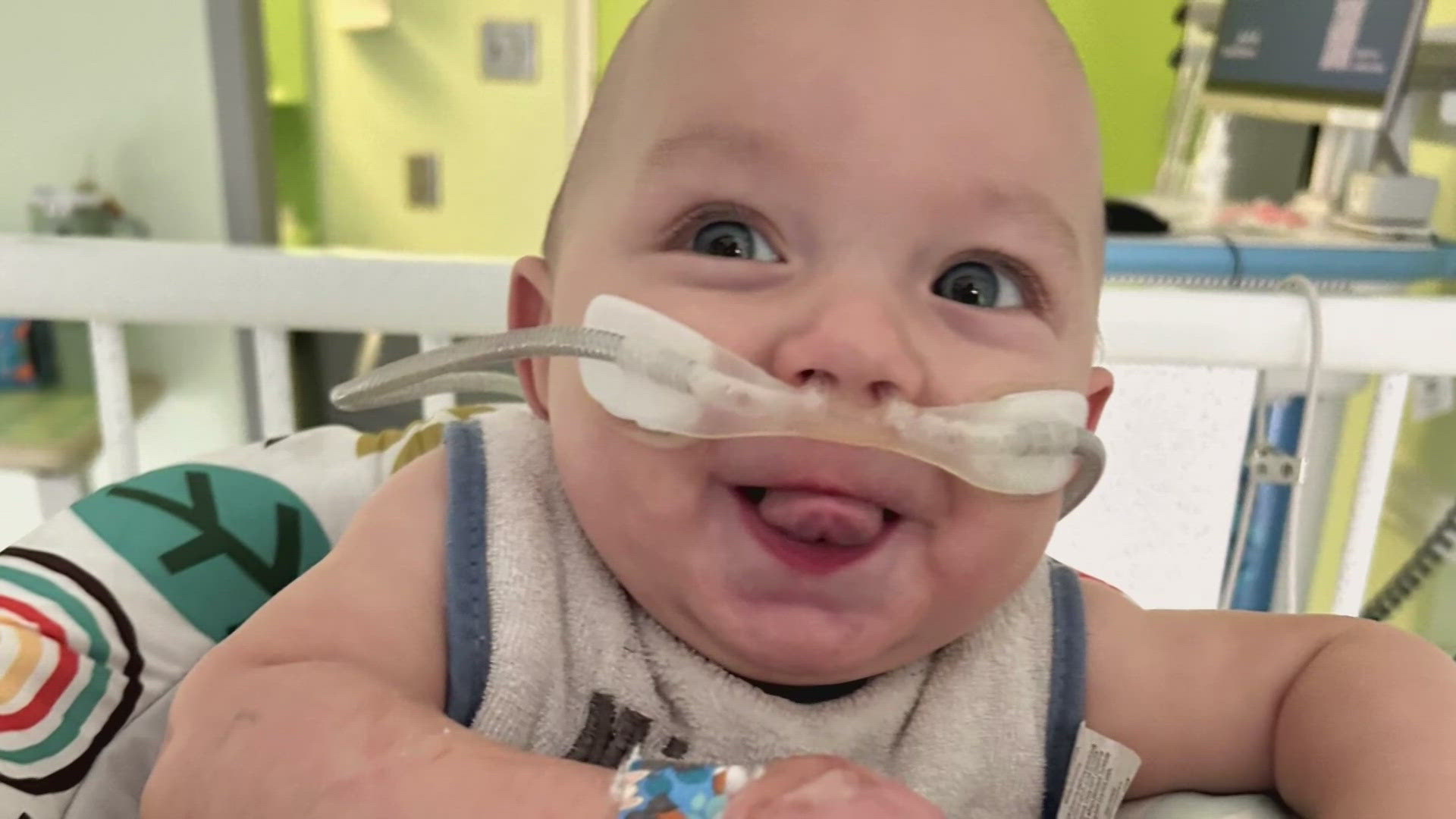In a playroom at the Retina Foundation of the Southwest in Dallas, 10-year-old McKenna Price is taking on monsters on an iPad.
Monster Burners is a video game, and by McKenna playing it, the young girl and her mom, Natalie, hope to strengthen her lazy eye.
Lazy eye, or amblyopia, afflicts 2% to 4% of children in the United States. It’s a condition in which one eye’s vision capacity is stronger than the other, and the weaker eye sends a blurry, degraded visual message to the brain.
If untreated, the condition can result in degraded vision. If diagnosed early chances of successful therapy improve.


Amblyopia has most often been treated with an eye patch. Young patients wear a patch over their strong eye, forcing the weak eye to “catch up” to the strong one.
A shortcoming of this therapy is that the patch is cumbersome, and time-consuming and does not compel the lazy eye and the stronger eye to work together.
Enter the Retina Foundation of the Southwest and Dr. Eileen Birch, PhD.
Working with McGill University in Montreal, Birch has been exploring ways to help the brain integrate the images from the lazy and strong eye more completely.
The solution: video games.
While wearing special glasses, McKenna plays a custom-made, two-color version of Monster Burners on her iPad.
One lens, for her lazy eye, is green. The other lens, for her strong eye, is red.
Her red-lensed eye can’t see red images on the screen. Her green-lensed eye, the lazy one, can see dark images on the screen. Her brain has to put the information from the two eyes together to see a complete image.
By tracking her scores, the iPad can sense whether her vision is improving and make the visual aspect of the game a little more difficult with each session.
As part of her therapy, McKenna takes the iPad home with her and must play an hour a day, five days a week.
Does she like it?
“No,” McKenna said. “I’d rather be doing something else.” Like cheerleading, she says, or even math, her favorite subject at school.
“Anytime a child has to do something, it’s less fun than something they choose to do themselves,” Birch said. “We’ve tried to make it interesting by providing different kinds of games. We started with Tetris, using red and green blocks. Now we’ve got Monsters and a gold-digging game.”


As director of the Crystal Charity Ball Pediatric Vision Laboratory of the Retina Foundation of the Southwest, Birch has conducted research into congenital cataracts, and the effects of nutrition on babies’ eyesight as well as amblyopia.
Fortunately, unlike with many video games, there is a positive, tangible payoff here.
Birch and research associate Reed Jost have put hundreds of kids through the program. After eight weeks on the iPad, with testing every two weeks, their vision improves.
“They can see two more lines on the vision chart,” said Reed Jost. That’s better than with a patch.


Thousands of kids in North Texas suffer from amblyopia.
The Retina Foundation takes referrals from pediatric ophthalmologists, enrolling youngsters in the video game solution as part of an ongoing study. The ultimate goal is to acquire FDA approval for the treatment.
“It’s a big deal,” said Birch, who’s spent most of her life working to improve vision for infants and children.
Research indicates children with a lazy eye can tend to be slower readers, have lower motor skills and diminished self-image.
Final FDA approval may be some years away.
Meanwhile, treatment for North Texas kids is an option. For them, that tablet they already spend so much time with every day may be an "Eye Pad."
More WFAA Byron Harris stories:
- Daughter brews tribute to dad, other Gulf War vets
- For these two women, ride-hailing service Alto is a lifesaver
- This Bell drone won’t be delivering pizza
- How a Dallas grandmother discovered a $65,000 yarn heist
- Meet the Waco reporter who covered the Twin Peaks biker shootout, from Day 1 to dismissal
- CART is doing what DART can’t



